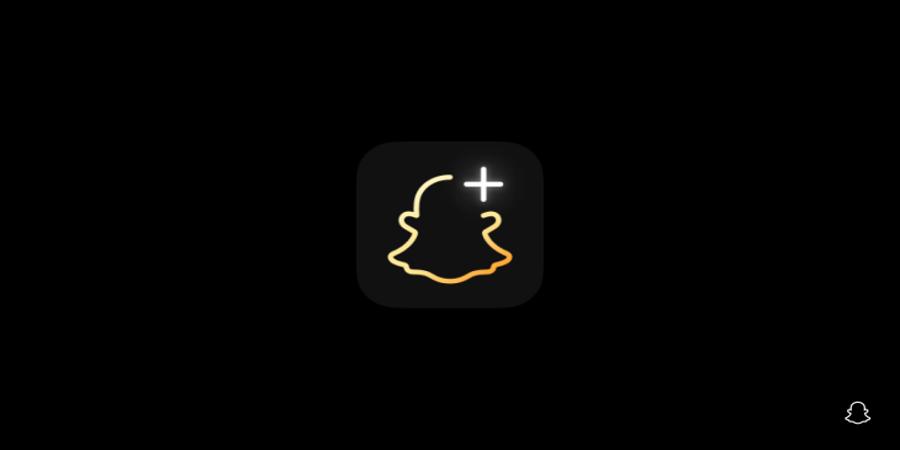Snapchat is introducing three new features for its paid subscription service, Snapchat+, which costs $3.99 per month. Subscribers can now make the look and feel of the app more personalized by customizing the camera capture button, app icons and more. Users can change the camera capture button to a specific color or shape, such as a heart or a soccer ball.
Subscribers can now also add a custom background to their chats with the new “Chat Wallpapers” feature. Chat Wallpapers were arguably first made popular by Meta’s WhatsApp, which has had the feature for quite some time now. Snapchat+ subscribers can now change their chat wallpapers to standard backgrounds available in the app or to an image from their camera roll.
Last, subscribers can now send a Snapchat+ subscription to a friend for the holidays with a new “Gifting” feature. The launch of this feature isn’t a surprise, given that Snapchat said back in October that this feature would be rolling out this month. With Gifting, you can send a 12-month Snapchat+ subscription to a friend for $39.99.
The social network’s previous Snapchat+ feature drop in October gave users the ability to have their Snapchat Stories expire at different intervals instead of 24 hours. With the update, Snapchat+ subscribers gained the ability to set Snaps on their Story to expire after either one hour, six hours, 12 hours, 24 hours, two days, three days or one week. It also gave subscribers the option to use different custom notification sounds for when a friend Snaps them.
Snapchat introduced its paid subscription back in June with exclusive, experimental and pre-release features. Snapchat+ unlocks the ability to see who has rewatched your story, along with a special badge and the ability to pin a friend as your No. 1 friend. Among other things, the subscription also includes the ability to see “the general direction of travel for where friends have moved recently.” In the first month since its launch, Snapchat+ had helped the app rake in over $5 million in revenue, according to estimates.
Source @TechCrunch



